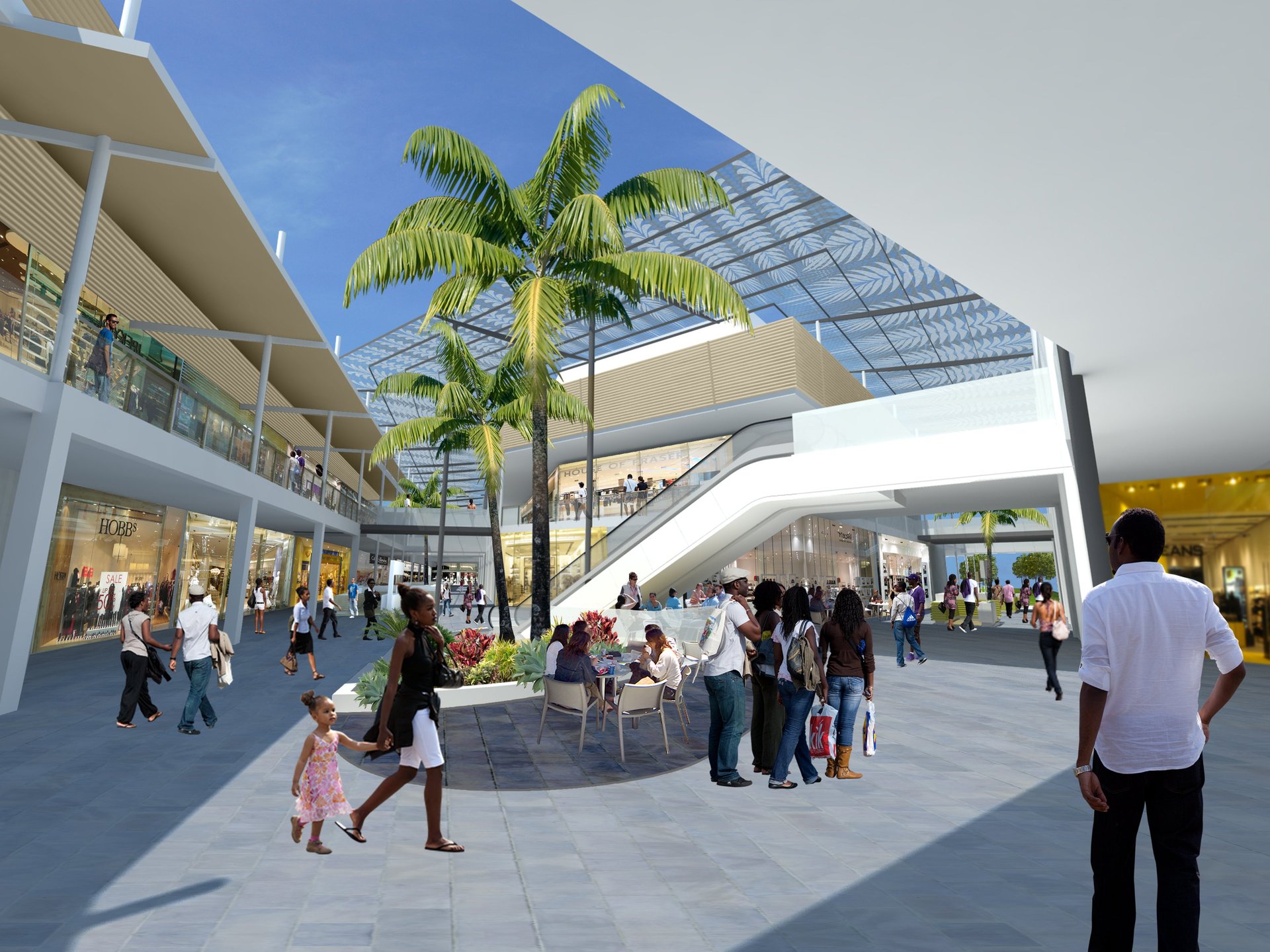More work, more spend: Actis bets Africa’s rising middle class needs malls and offices
As Africa’s growing middle class earns more and spends more, foreign investors are looking to build more offices and shops for them to do it in. Retail and residential developments are mushrooming across the continent’s mega-cities, as governments lure private capital with tax holidays and regulatory improvements, in an effort to build out supply chains and infrastructure.

As Africa’s growing middle class earns more and spends more, foreign investors are looking to build more offices and shops for them to do it in. Retail and residential developments are mushrooming across the continent’s mega-cities, as governments lure private capital with tax holidays and regulatory improvements, in an effort to build out supply chains and infrastructure.
Investors are increasingly willing to play: London-based private equity firm Actis has for example closed a second real-estate fund focused on the region, raising $278 million from a deepening pool of 17 institutional and private investors to build offices and shopping centers. “The growth of the middle class and consumer spending is one of the big stories and big drivers to generate sustainable and superior returns,” says Lagos-based Actis real estate director Michael Chu’di Ejekam.
The new fund, which aims to net a 25% annual return, is focused on Sub-Saharan Africa rather than on South Africa’s more developed market, where a lot of growth has already taken place. Johannesburg, for example, has 74 shopping malls bigger than 20,000 square meters (215,000 sq feet), Chu’di Ejekam says; while Lagos, with more than double the metropolitan population, has just two.
Africa’s swelling middle class has benefited from a commodities boom and catch-up gains in retail, telecom and manufacturing—along with a certain amount of success in economic restructuring and political stabilization, according to McKinsey. Sub-Saharan Africa’s $1.25 trillion economy is still just one-twelfth the size of the US economy, but the IMF today said that it expects it to grow at 5% (pdf, p. 87) this year—well above the IMF’s latest 3.3% forecast for global growth—and at 5.7% next year. Those gains are slashing poverty—forecast to dip to 20% by 2020, from 48% in 2008, according to the African Development Bank—even as the continent’s population doubles to 2 billion in the next 50 years.
Cities drive consumption, and Africa is also the second most rapidly-urbanizing part of the world, with half of its population due to live in bursting metropoli by 2030 (pdf, p. 1). City dwellers buy more than their rural counterparts; and in Africa today, improved distribution networks and a growing patchwork of free-trade deals are helping to slash prices and boost the range and quantity of goods on store shelves. Household consumption is growing at more than 9% a year in countries like Nigeria and Ghana, faster than the BRIC average.
That spike in consumption has drawn investment to Africa’s growing retail, manufacturing and processed food sectors, as companies pop up to supply a hungry market. Actis—which has for example also invested in a mattress maker, clothing company and telecom—is betting that growing consumption also means a need for new real estate, as an increasingly specialized workforce seeks offices in which to spend its days and stores in which to spend its income.
Developments can provide what Chu’di Ejekam calls “a multiplier benefit to the economy at large,” which is what governments are hoping for. Actis-backed malls have for example included supermarkets, pharmacies and fast food chains, with large anchor tenants often selling as much as a fifth below street prices, drawing local sellers to buy and resell goods. That more predictable demand also helps to professionalize local supply chains. Each mall employs about 1,000 workers, he says.
While luxury developments have drawn investor attention, these far-larger middle-income markets can mean a bigger opportunity over time. Prices for high-end homes are, for example, soaring in Nigeria; in Kenya’s capital, they are rising faster than anywhere else in the world. But both countries are short millions of units of middle-income housing. According to Chu’di Ejekam: “There is a much more compelling story in the middle income bracket; and we’d rather focus on an area like that.”